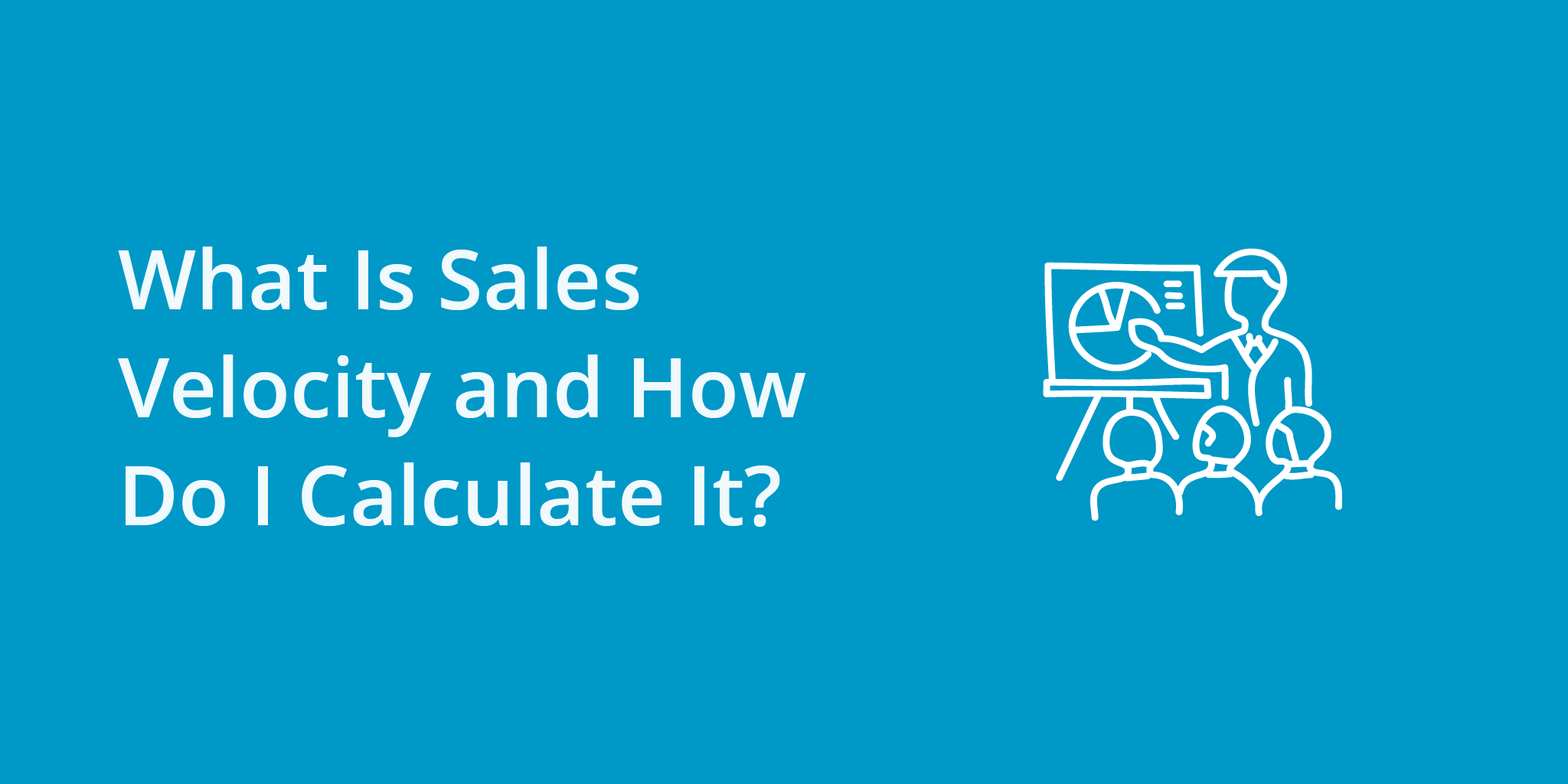Sales velocity is a crucial metric for businesses looking to understand the efficiency and effectiveness of their sales process. By measuring the speed at which revenue is generated and opportunities progress through the pipeline, sales velocity offers valuable insights into the overall health and performance of a sales team.
This article aims to demystify the concept of sales velocity, explaining its significance and providing a step-by-step guide on how to calculate it.
Whether you are a sales manager, business owner, or aspiring entrepreneur, understanding this sales metric can lead to better decision-making. So, let’s delve into the world of sales velocity and uncover its secrets.
Sales Velocity Definition
Sales velocity is a metric used to measure the speed at which your sales team is generating revenue. It helps you understand how efficiently your sales process is converting leads into paying customers and how quickly those customers are generating revenue for your business.
This term is often used in SaaS companies, as a metric to understand recurring revenue performance and inform sales and marketing strategy. It can also be an indicator of how well your sales funnel is performing.

How to Calculate Sales Velocity
To calculate sales velocity, you need to consider four key components:
- Number of Opportunities: This refers to the number of potential deals or sales opportunities your sales team is actively working on. These opportunities can be measured over a specific time period, such as a month or a quarter. The more quality leads you are getting in your sales funnel, the larger this number will be.
- Average Deal Value: This is the average revenue generated from each closed deal. You calculate this by adding up the total revenue from closed deals and dividing it by the number of closed deals, or use customer lifetime value in this calculation.
- Conversion Rate: Also known as win rate, this is the percentage of leads that converted into paying customers over the time period you’re measuring.
- Sales Cycle Length: This represents the average time it takes for a sales opportunity to move from the initial contact to a closed deal. It includes all the stages and activities involved in the sales process, such as prospecting, qualifying, presenting, negotiating, and closing. The length of the sales cycle can have an impact on how quickly a qualified lead becomes a closed-won deal.
Once you have these three components, you can calculate sales velocity using the following sales velocity equation:
Sales Velocity = (Number of Opportunities x Average Deal Value x Conversion Rate) / Sales Cycle Length
For example, let’s say you had 50 opportunities in a quarter, with an average deal value of $10,000, and a conversion rate of 50%. Your average sales cycle length is 60 days (2 months).
The calculation would be:
Sales Velocity = (50 x $10,000 x 50%) / 60 = $4166.67 per day
This means that, on average, your sales team is generating $4166.67 in revenue each day.
By tracking sales velocity over time, you can identify trends, make improvements to your sales process, and measure the impact of any changes or optimizations you implement. It provides valuable insights into the effectiveness and efficiency of your sales efforts.

Sales vs. Pipeline Velocity
Pipeline velocity (or sales pipeline velocity) and sales velocity (or sales funnel velocity) are all synonyms for the same concept. All of these terms refer to the speed at which your sales team is generating revenue, or how quickly opportunities turn into closed-won deals.
Final Thoughts
In conclusion, sales velocity serves as a vital metric for businesses seeking to evaluate and enhance their sales performance. By measuring the speed at which revenue is generated and opportunities move through the sales process, sales velocity offers valuable insights into the efficiency and effectiveness of your sales efforts.
It provides a comprehensive understanding of the conversion of leads into paying customers and the rate at which revenue is generated. By calculating and tracking sales velocity over time, businesses can identify trends, make informed decisions, and optimize their sales strategies to maximize revenue generation.
Remember, sales velocity is not a standalone metric but a tool that, when combined with other key performance indicators, empowers organizations to unlock their full sales potential and achieve sustainable growth.



